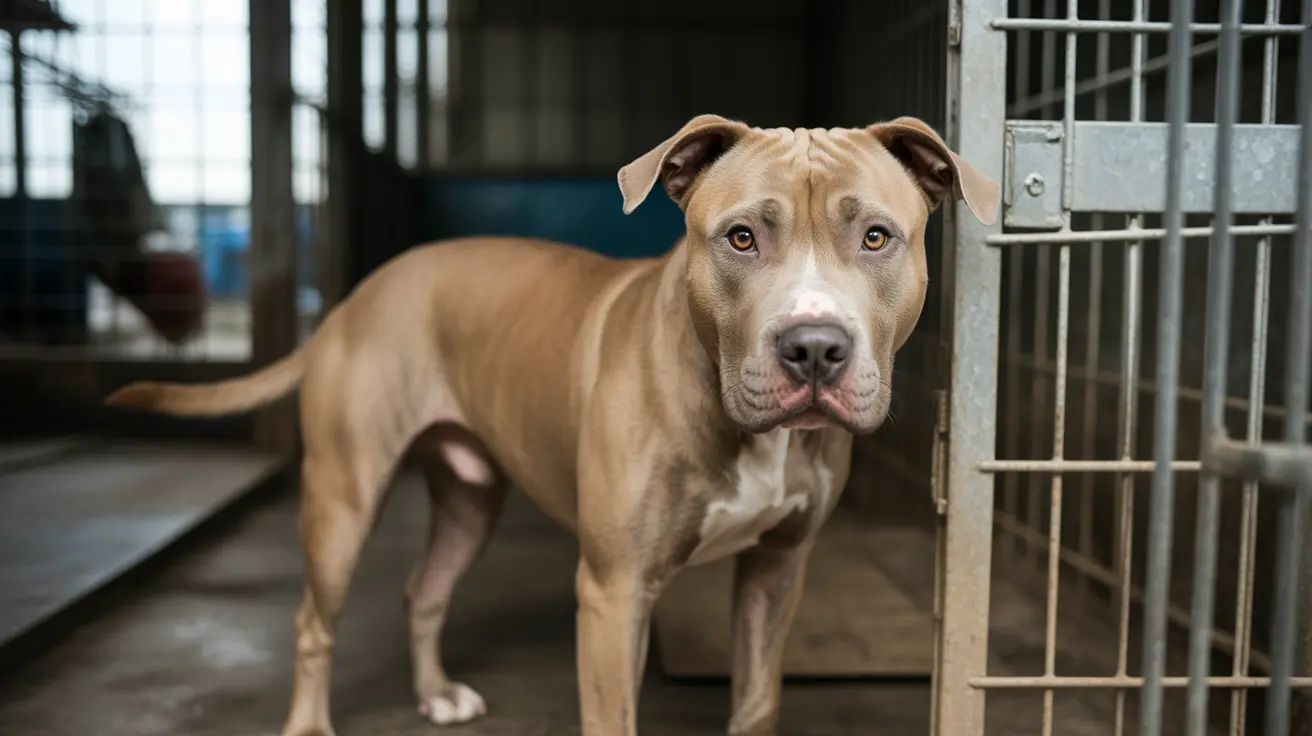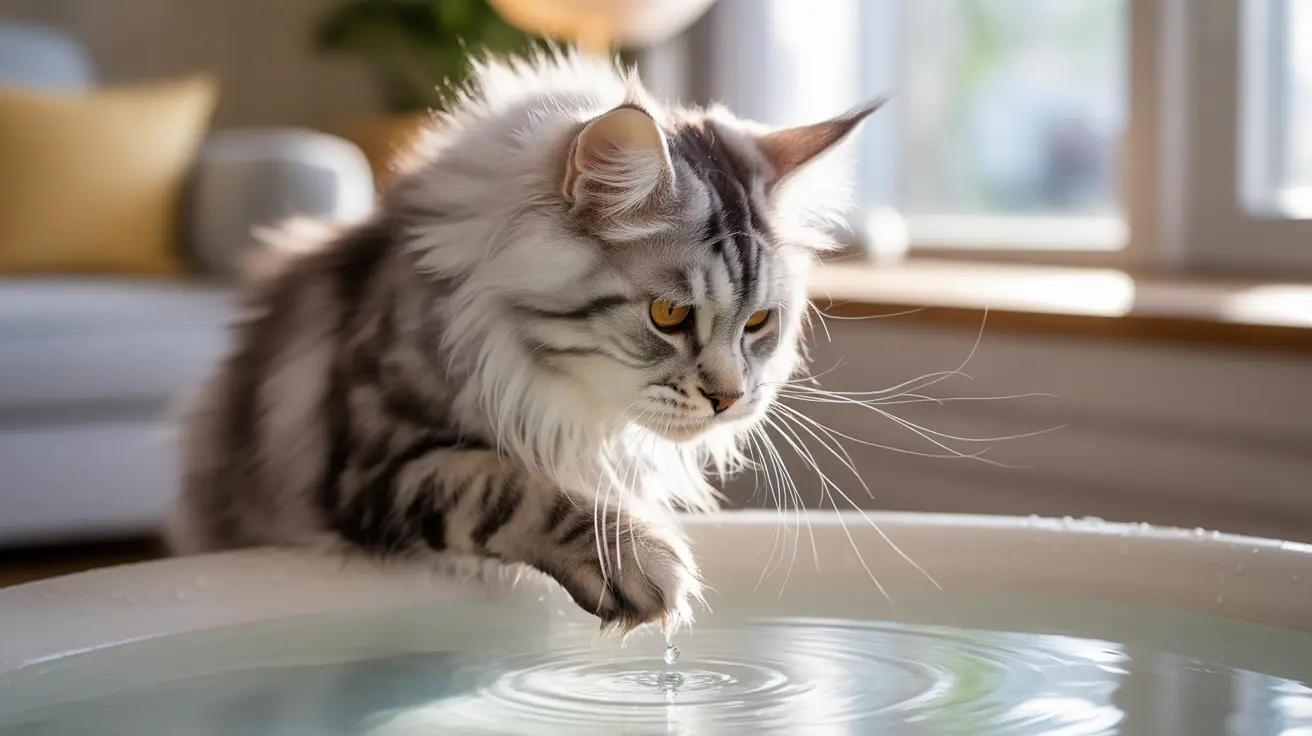How Cesar Millan Potty Trains a Puppy: A Step-by-Step Guide
House-training a puppy is one of the most critical aspects of dog ownership, and renowned dog behaviorist Cesar Millan emphasizes a calm, consistent, and structured approach. Potty training isn't just about preventing accidents—it's about building trust, communication, and a foundation for a well-balanced dog.
Understanding the Puppy’s Needs
Before starting, it's important to realize that puppies have small bladders and need regular opportunities to relieve themselves. Most puppies need to go out:
- Immediately after waking up
- Right after eating or drinking
- Following play or excitement
- Before bedtime
- Every 1–2 hours in the early stages
Cesar Millan advises patience and understanding rather than frustration, especially in the early stage.
1. Create a Consistent Routine
One of Millan’s cornerstones for behavior training is predictability. Puppies thrive on routine. Feeding, walking, sleep, and potty times should occur at the same intervals daily. By sticking to this plan:
- Your puppy learns your expectations
- You're more likely to predict when they need a potty break
- Accidents become rare over time
2. Use Confinement Wisely
Milan strongly supports crate training. A crate mimics a den and encourages cleanliness, as dogs naturally avoid soiling their sleeping area. The crate should be:
- Big enough to stand, turn, and lie down
- Comfortable, with bedding and a safe toy
- Never used as punishment
Crating a puppy when you cannot supervise closely limits behavior issues and supports housetraining.
3. Provide Frequent Bathroom Breaks
Even with routine, young puppies need extra opportunities. Millan suggests taking your puppy out:
- Every hour initially
- Directly after meals, naps, or play
- Before and after crate time
Bringing the puppy to the same outside spot helps encourage recognition and habit. The familiar scent reinforces the purpose of the visit.
4. Supervise and Manage Freedom
Cesar advises not giving puppies the full range of the house until they demonstrate responsibility. Instead:
- Keep the puppy in sight at all times indoors
- Use leashes (even indoors), baby gates, or exercise pens
- Don’t allow unsupervised wandering
A puppy who doesn’t have the option to sneak away to potty indoors is more likely to learn proper behavior faster.
5. Positive Reinforcement Works Wonders
When the puppy eliminates in the correct spot, praise immediately and offer a high-value treat within seconds. This reinforces the good behavior. Avoid:
- Petting while they’re in mid-potty, which can interrupt
- Waiting too long to reward
- Generic praise; make your enthusiasm clear and specific
6. Stay Calm During Accidents
Accidents are inevitable. Cesar Millan emphasizes that yelling or punishment leads to confusion or fear. Instead:
- If you catch your puppy in the act, interrupt gently (“Eh-eh!”)
- Quickly carry them outside to finish
- Clean indoors with an enzymatic cleaner to eliminate scent trails
Never punish after the fact. Dogs don’t associate the action with punishment unless it’s immediate and constructive.
7. Read Your Puppy’s Signals
Pay attention to indicators your puppy needs a potty break, such as:
- Sniffing or circling the floor
- Whining or sudden stillness
- Heading to corners or doors
Responding promptly helps condition timely elimination and builds trust.
8. Gradually Increase Freedom
As your puppy gains control and consistency, gradually expand their indoor freedom:
- Start by allowing access to one room at a time
- Keep sessions short and supervised
- Return to more restriction if accidents resume
9. Avoid Confusion with Pee Pads
Millan generally discourages pee pads for housetraining unless absolutely necessary. They can:
- Create confusion about where it's appropriate to go
- Extend the time needed to fully housetrain
If used, limit their placement and transition away from them quickly.
10. Keep a Journal
Cesar recommends tracking behaviors to identify patterns. Log:
- Feeding and water intake
- Potty times and successes
- Accidents and their locations
The data can reveal trends and help make proactive changes.
11. Consult Professionals When Needed
If your puppy struggles despite consistency, consider speaking to:
- A veterinarian—to rule out infections or illnesses
- A certified dog trainer—for personalized guidance
Medical or anxiety-related issues can mimic potty training challenges.
Final Thoughts
With calm energy, consistency, positive habits, and supervision, most puppies can be reliably potty trained in a matter of weeks. Cesar Millan's method isn't a quick fix but a long-term investment in your puppy's wellbeing and the harmony of your home.





